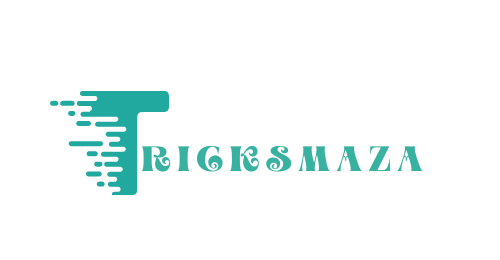Choosing the right web development framework is essential for faster development cycles and long-term maintainability. With several excellent web frameworks for Go, developers can build performant and scalable web services efficiently.
When selecting a Go web framework, it’s crucial to consider the unique requirements of your project. This article will explore some of the top Golang web frameworks, highlighting their key features, benefits, and ideal use cases. Whether you’re developing REST APIs, full-stack web applications, or microservices, these frameworks can boost productivity and streamline your development process.
Top 8 Web Development Frameworks of Go Programming Language
#1. Gin Gonic
Gin Gonic is a lightweight web framework for Golang, providing a Martini-like API with impressive performance—up to 40 times faster. It’s perfect for developing high-performance web applications, featuring a minimalistic design, simple routing, and extensive middleware support. Gin also includes robust error handling, enhancing developer productivity and application reliability. Its combination of speed and ease of use has made Gin a favorite among Go developers, making it an excellent choice for modern web development projects.
#2. Buffalo
Buffalo is a Ruby on Rails-inspired web framework for Go, designed to make web development enjoyable and efficient. It offers a conversational approach, streamlining tasks like routing, database handling, and front-end integration. With live-reloading and rapid prototyping, Buffalo simplifies building modern, scalable Go applications while keeping development fun.
#3. Echo
Echo is a high-performance, minimalist web framework for building robust and scalable applications in Go. It offers powerful features like routing, middleware support, and request/response handling. Echo’s lightweight design, combined with its flexibility and speed, makes it an excellent choice for developers building RESTful APIs and modern web applications.
#4. Beego
Beego is a versatile web framework for Go, designed for rapid enterprise application development. It supports building RESTful APIs, web applications, and backend services. With built-in modules for ORM, session management, caching, and logging, Beego streamlines development, making it an excellent choice for scalable and robust enterprise solutions.
#5. Fiber
Fiber is an Express-inspired web framework for Go, known for its speed and simplicity. With extensive online API documentation and practical examples, developers can quickly get started building web apps. Fiber’s lightweight design, easy routing, and middleware support make it ideal for creating high-performance, scalable applications in Go.
#6. Revel
Revel is a flexible web framework for Go, designed to simplify development with features like hot code reload, comprehensive flow control, and a reusable MVC architecture. It’s migration-friendly and supports rapid development, making it ideal for building scalable web applications while enhancing developer productivity with its built-in tools and modular structure.
#7. Kit
Go Kit is a powerful toolkit for building microservices and modular monoliths in Go. It provides essential components like service discovery, load balancing, and distributed tracing, making it ideal for scalable, production-grade applications. Go Kit’s focus on flexibility and best practices helps developers efficiently design and maintain microservice architectures.
#8. Iris
Iris is a high-performance, full-featured web framework for Go, specifically crafted for developing modern web applications and APIs. Renowned for its speed and flexibility, Iris provides a comprehensive suite of tools, middleware, and built-in features that simplify the development process. With its ability to facilitate the creation of scalable and future-ready applications, Iris stands out as an excellent choice for developers seeking efficiency and minimal effort in their projects.
Why Golang is So Popular for Web Development?
Performance
Go is compiled into machine code, which results in high execution speeds, making it suitable for performance-critical applications.
Concurrency Support
With built-in goroutines and channels, Go makes it easy to handle multiple tasks simultaneously, which is essential for web applications.
Simplicity
The language syntax is clean and straightforward, making it easy to learn and use, thus improving developer productivity.
Strong Standard Library
Go provides a robust standard library with packages for HTTP, JSON handling, and more, allowing developers to build applications without relying heavily on external libraries.
Microservices Architecture
Go is well-suited for microservices due to its lightweight nature, enabling the creation of modular, scalable applications.
Cross-Platform Compatibility
Go supports cross-compilation, allowing developers to build applications for different platforms from a single codebase.
Strong Community and Ecosystem
An active community and a growing ecosystem of frameworks and tools (like Gin, Echo, and Beego) support Go development.
Statically Typed Language
Go’s static typing helps catch errors at compile time, leading to more robust and maintainable code.
Summary
Golang (Go) is increasingly popular for web development due to its high performance, built-in concurrency support, and simplicity. It offers a robust standard library, making it easy to build applications without excessive reliance on external libraries. Go’s suitability for microservices, cross-platform compatibility, and a strong community further enhance its appeal, while static typing helps ensure robust, maintainable code.



More Stories
Dental CRM: Building Strong, Lasting Patient Relationships.
How Shopify Themes Influence Store Speed
Best Practices Fantasy Sports App Development